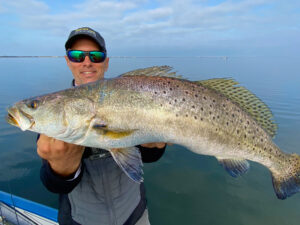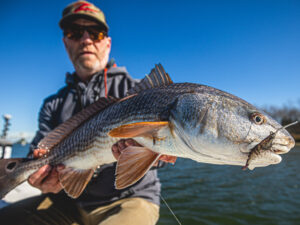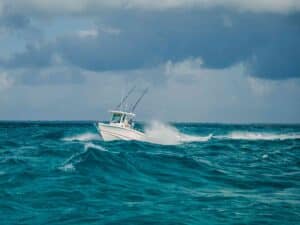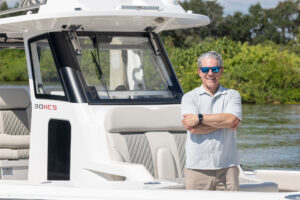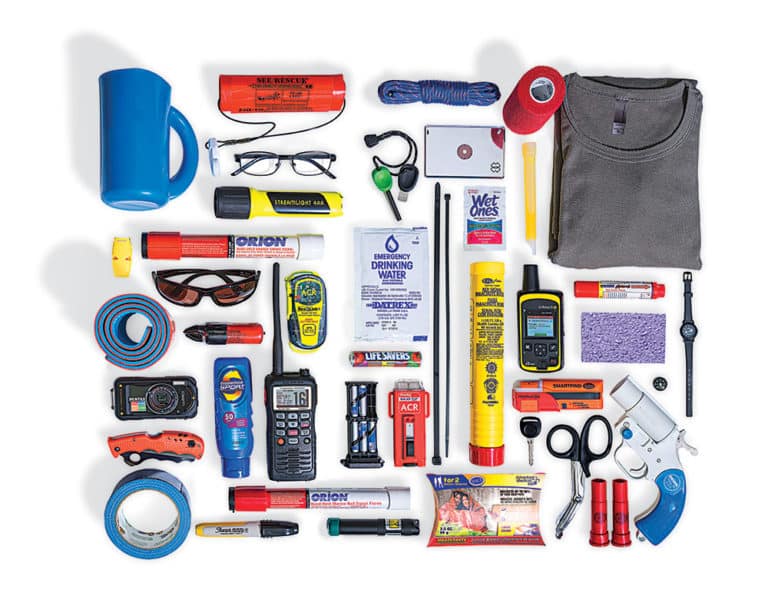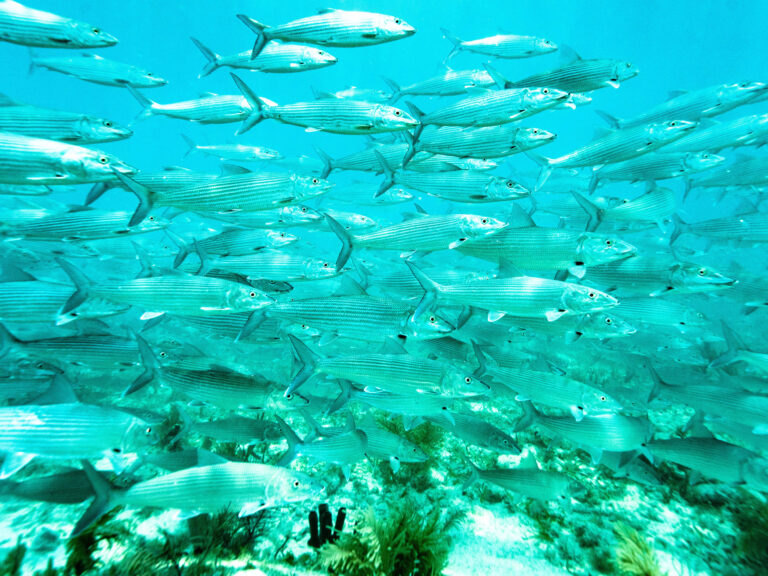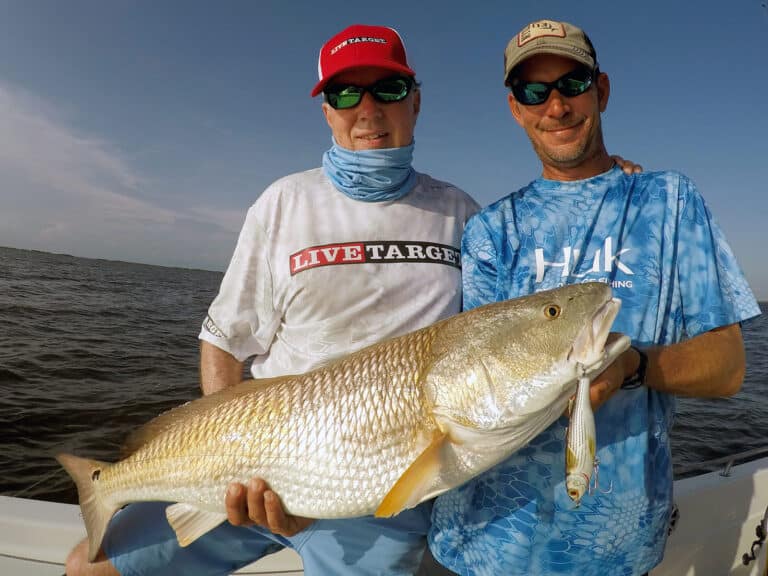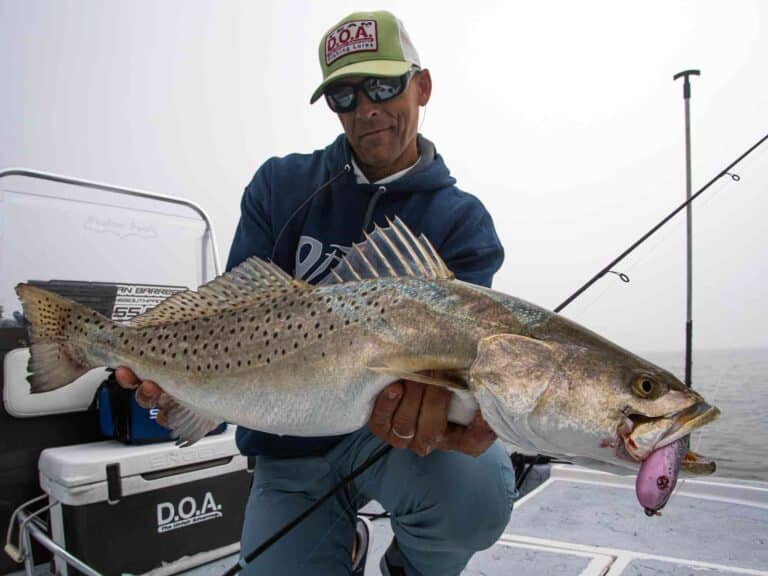The Pacific Fishery Management Council recently took steps to clean up one of our nation’s dirtiest fisheries, the California drift gillnet fishery. The fleet deploys mile-long nets at night and retrieves them at dawn to sort through the catch of ocean fish, marine mammals and turtles. More than sixty percent of what the nets catch is unmarketable or illegal and thrown back dead or injured.
In an effort to protect our open ocean ecosystem from this indiscriminate fishing practice, the Council voted in September to limit the bycatch of marine mammals and sea turtles through a cap on fin whales, humpback whales, sperm whales, leatherback sea turtles, and loggerhead sea turtles. If the fleet reaches a bi-annual limit of two of a protected species (two sperm whales or two leatherback or two loggerhead sea turtles, etc.), the whole fishery closes for the remainder of the two-year cycle.
But limiting the interaction with turtles and whales won’t necessarily reduce the bycatch of finfish. Historically, the majority of the California driftnet fishery haul is unwanted finfish, among them striped marlin, sharks and common mola or sunfish. For the past two years, I have been attending Pacific Council meetings and asking fishery managers to take a hard look at the finfish bycatch and to ratchet down the amount of bycatch allowed. At first, the Council seemed reluctant to look beyond marine mammals and turtles. But by September they did agree to monitor finfish discards.
But monitoring alone, without a backstop or some kind of disincentive, will do little to reduce the waste in the fishery. Ultimately, the only way to minimize bycatch is to impose a cap or switch the fishery to greener gear. The Council has shown its reluctance to take direct action to limit finfish bycatch in the drift net fishery, so we are doubling our efforts to authorize the use of new gears like buoy gear. More than 90 percent of the deep-set buoy gear catch is marketable swordfish or opah; in other words, almost no bycatch. Because fishermen actively tend the gear, they bring the catch on board quickly and dress it right away. This results in a higher quality fish that fetches a higher price per pound at the dock.
It makes sense, environmentally and economically, to transition this fishery to a gear that brings more target fish to market at a higher profit and with a smaller impact on finfish and our open ocean ecosystem. I’ll be at the November Council meeting urging our fishery managers to prioritize authorization of buoy gear so we can get that transition underway as soon as possible.


